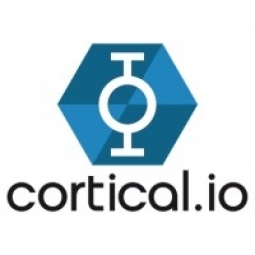Cortical.io
Case Studies
How a large bank saved thousands of hours of manual labor by automating credit agreement analysis
Overview
 |
How a large bank saved thousands of hours of manual labor by automating credit agreement analysisCortical.io |
Analytics & Modeling - Natural Language Processing (NLP) | |
Finance & Insurance | |
Business Operation | |
Fraud Detection Regulatory Compliance Monitoring | |
Data Science Services | |
Operational Impact
| The bank was able to extract the covenant structure out of loan agreements at the press of a button. | |
| The bank got a much better and quicker appreciation of credit risk for their wholesale credit portfolio. | |
| The bank was able to predict workflows and capital allocation for different business lines. | |
Quantitative Benefit
| Saved thousands of hours of manual labor by automating credit agreement analysis | |


